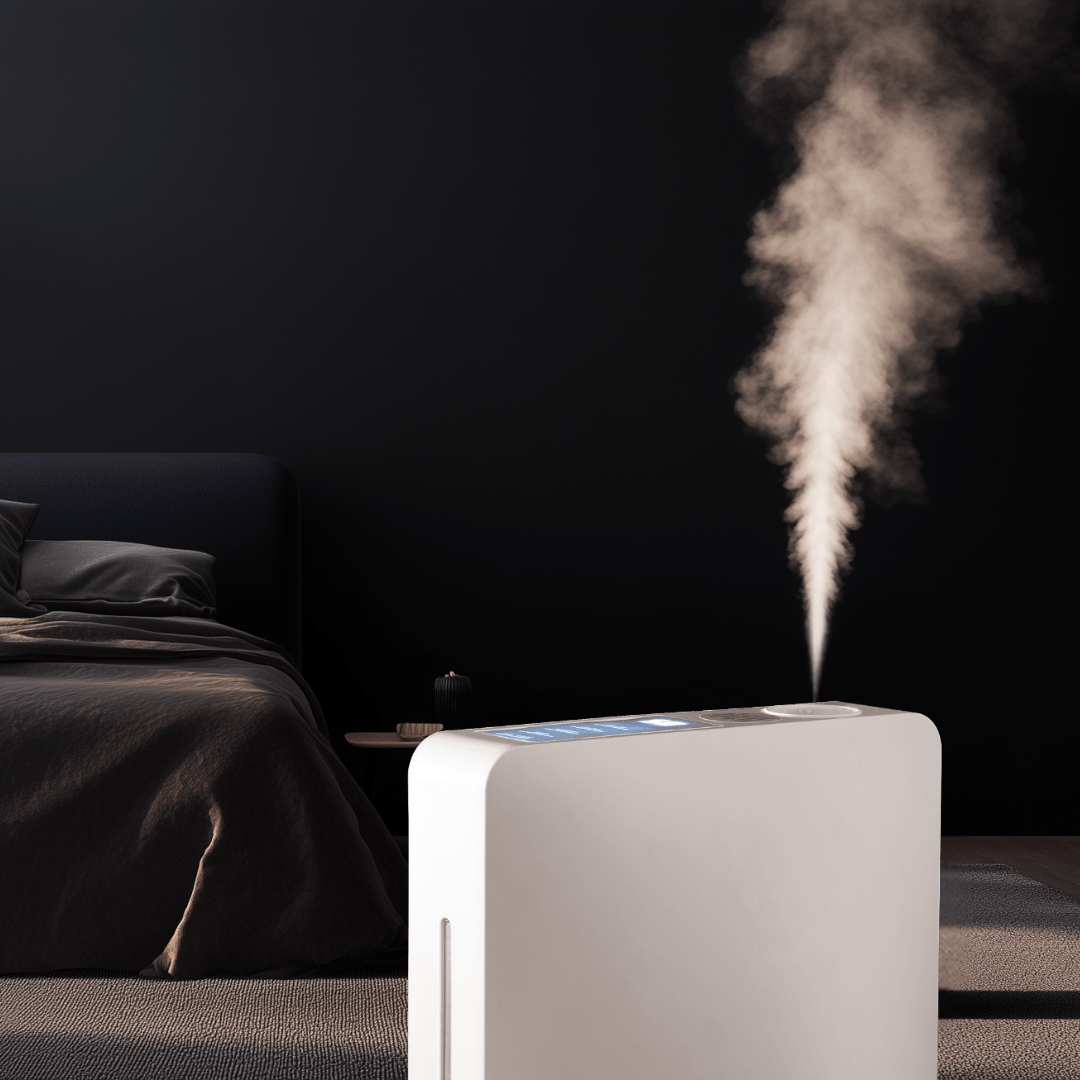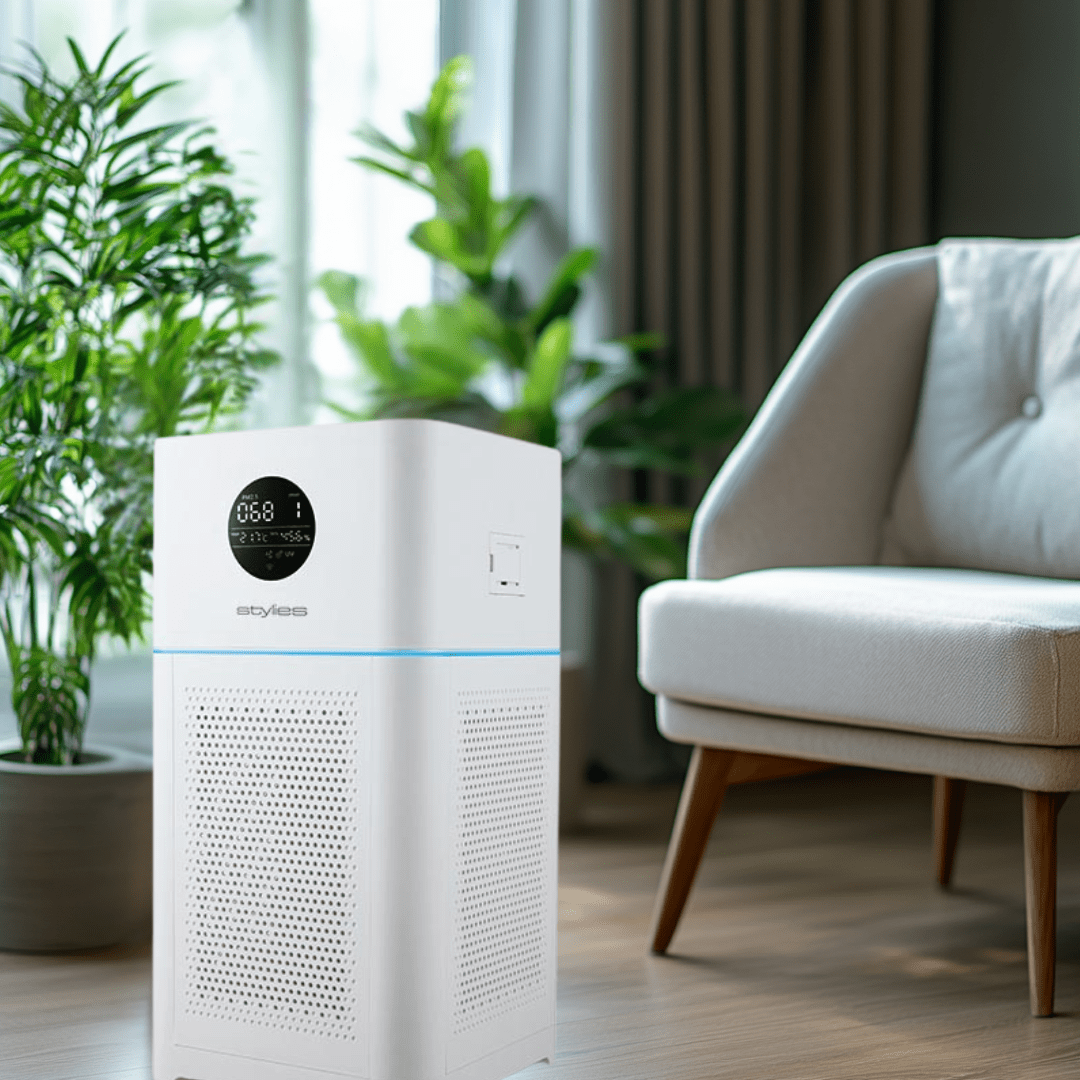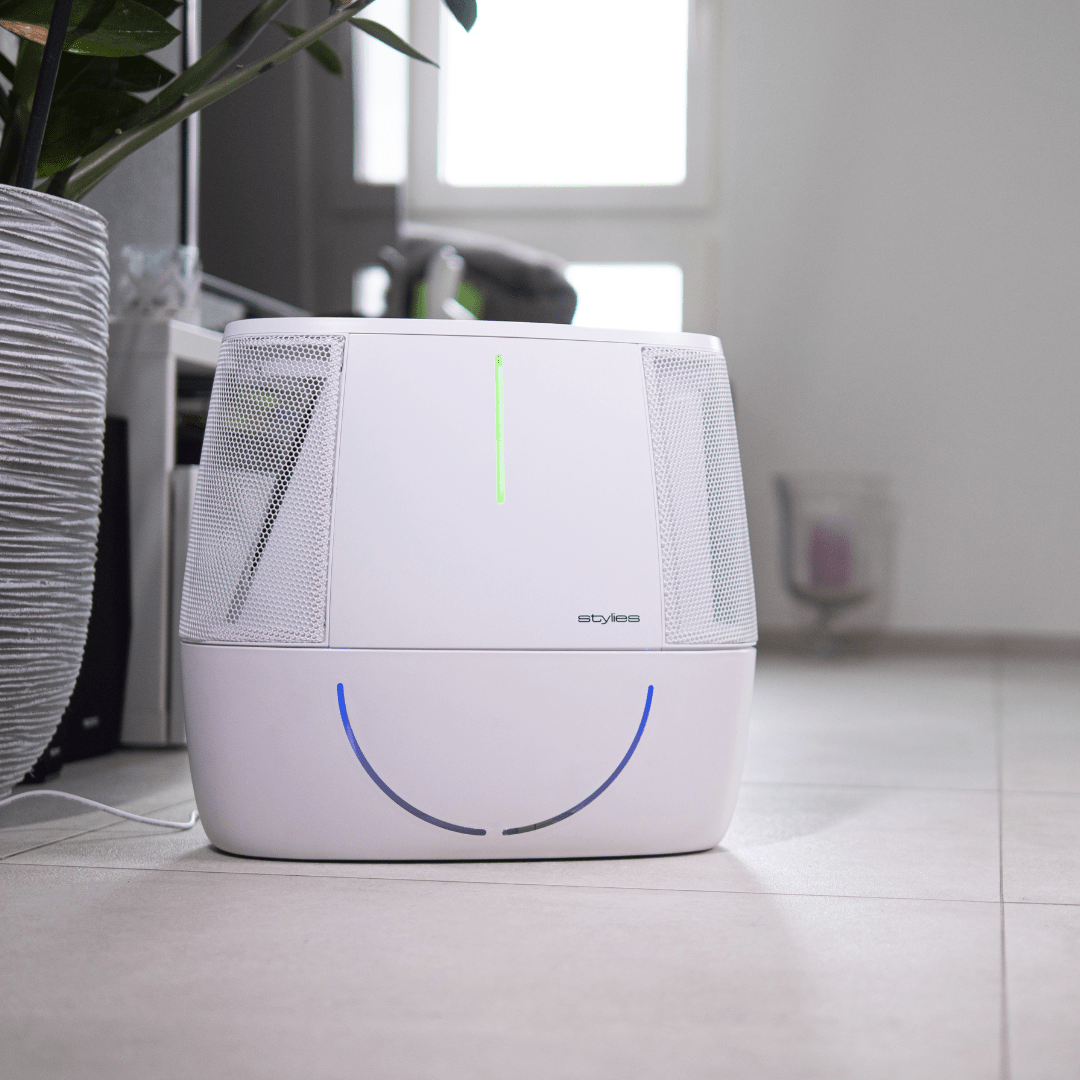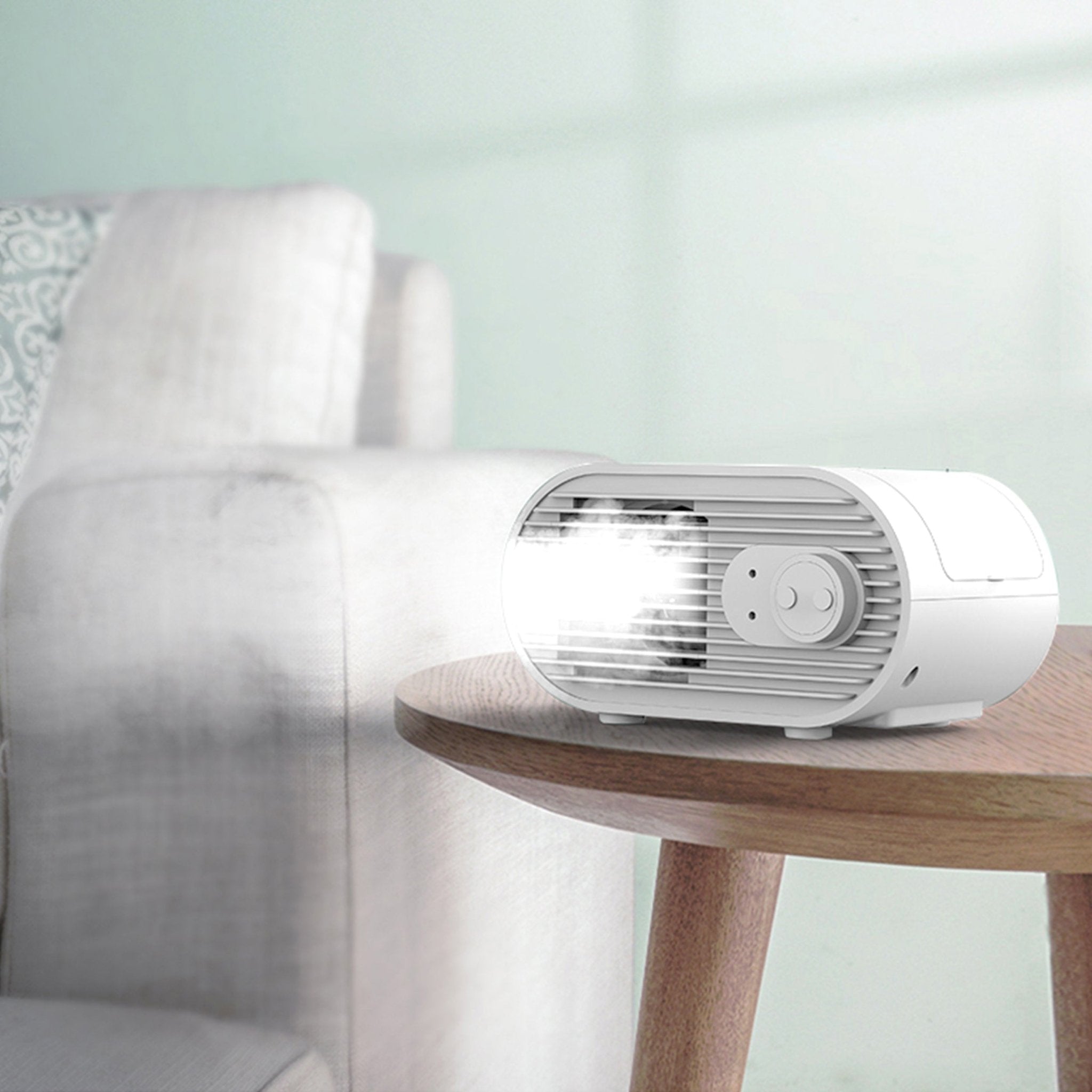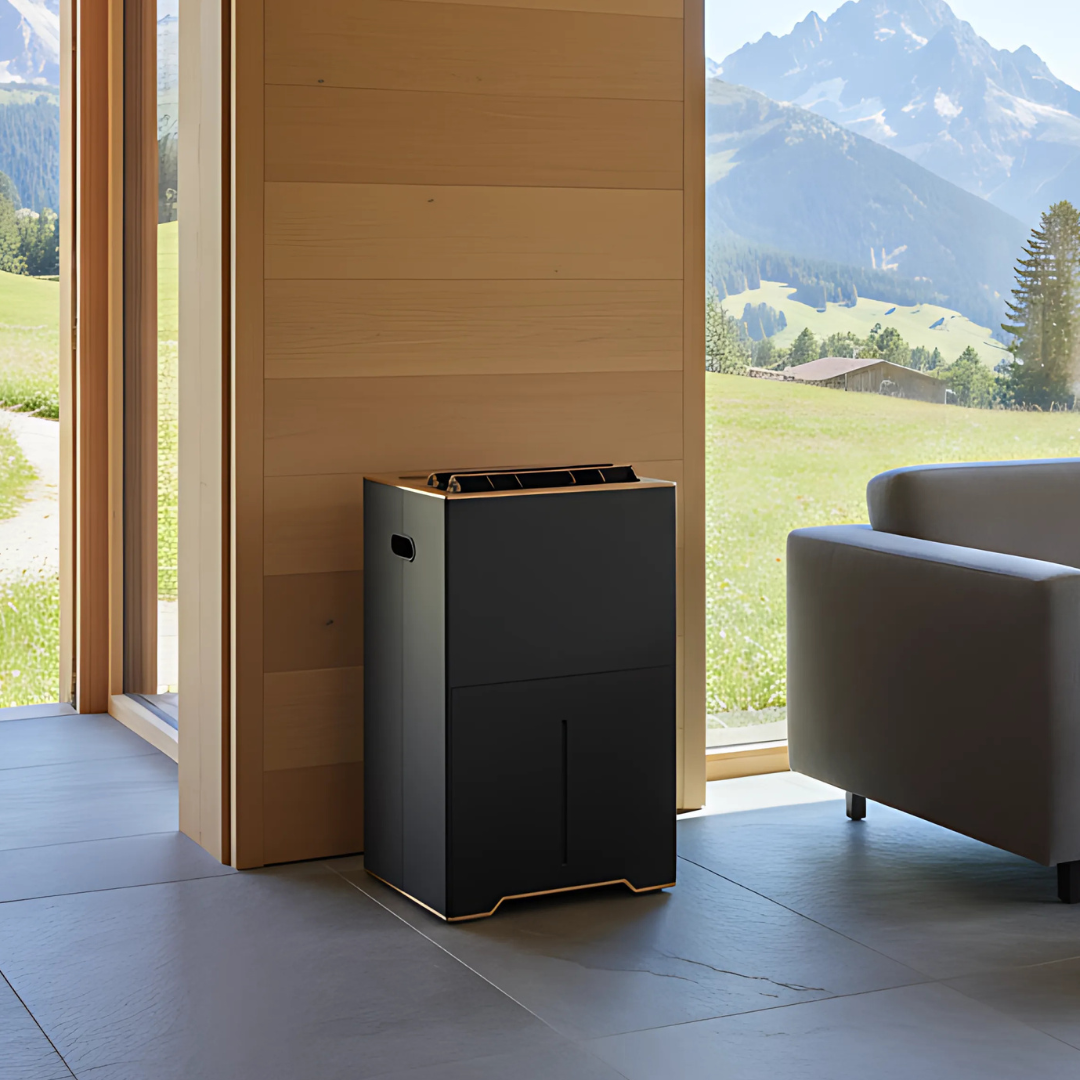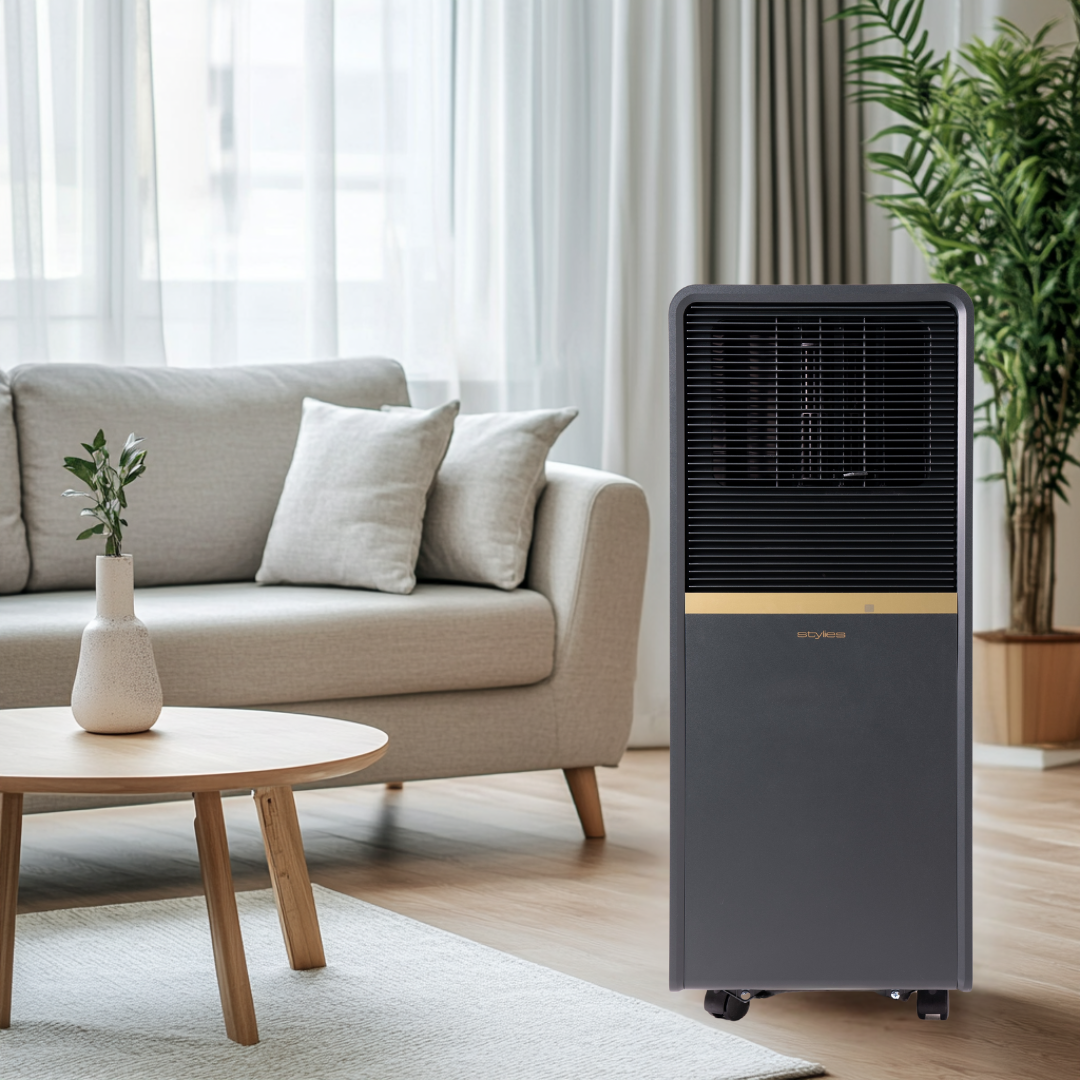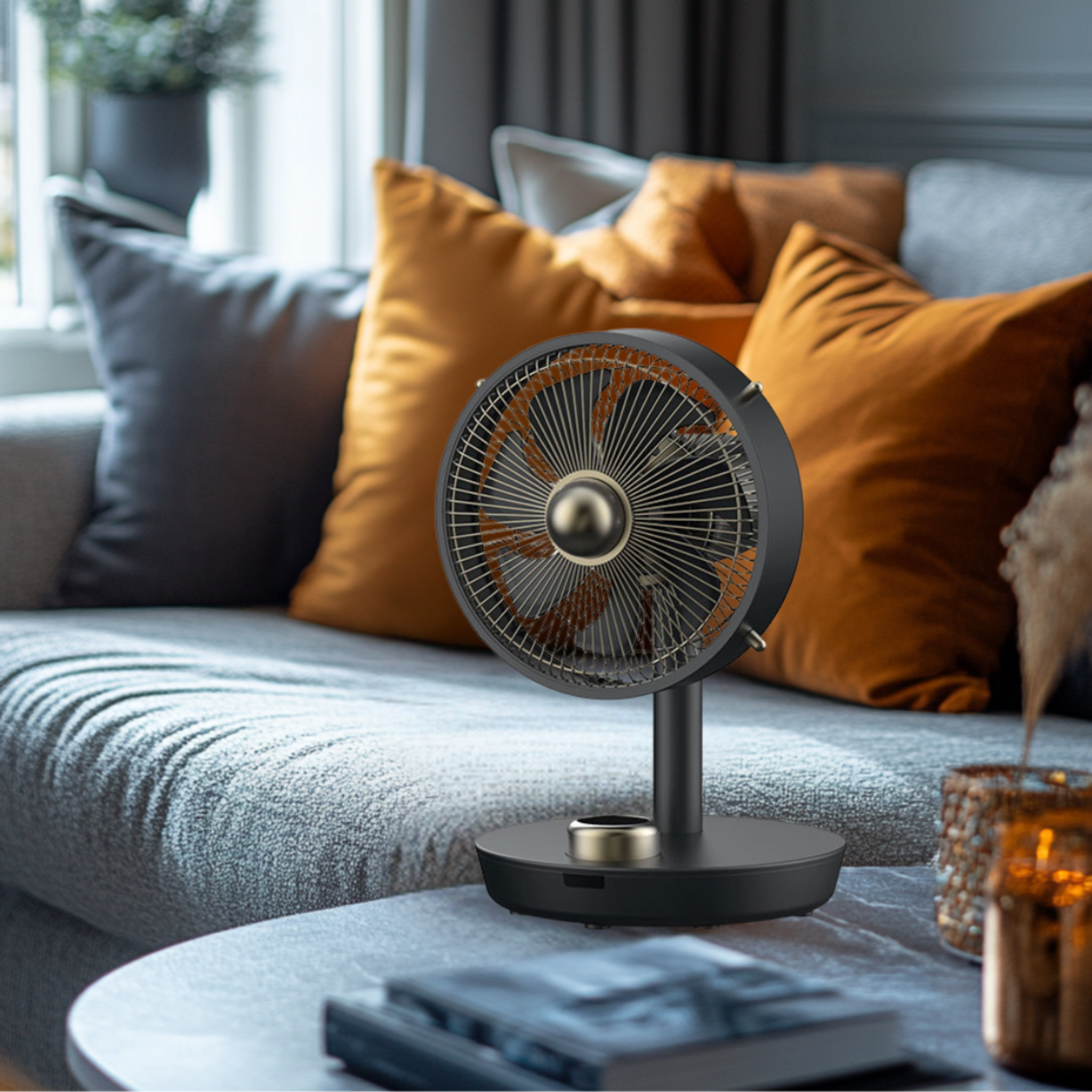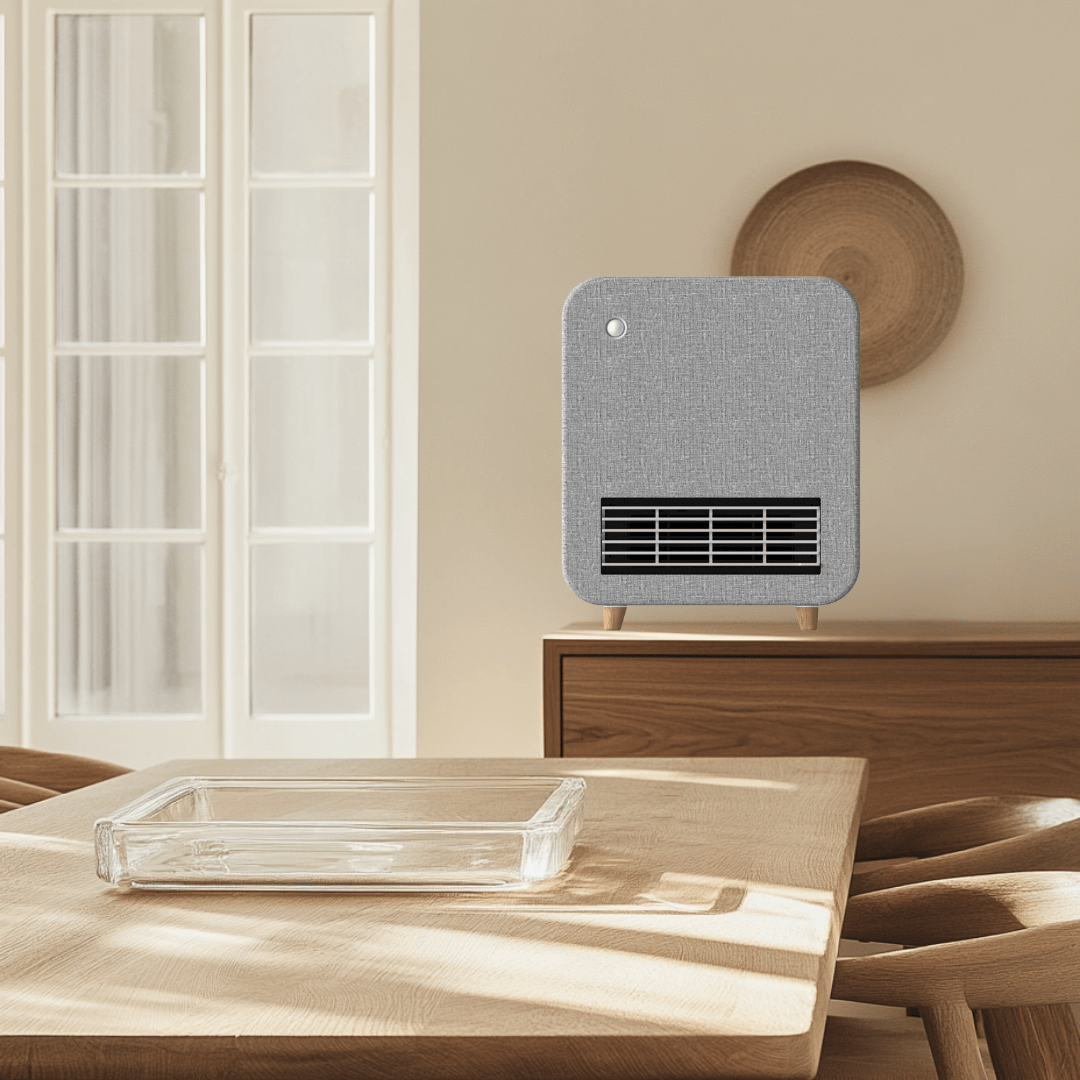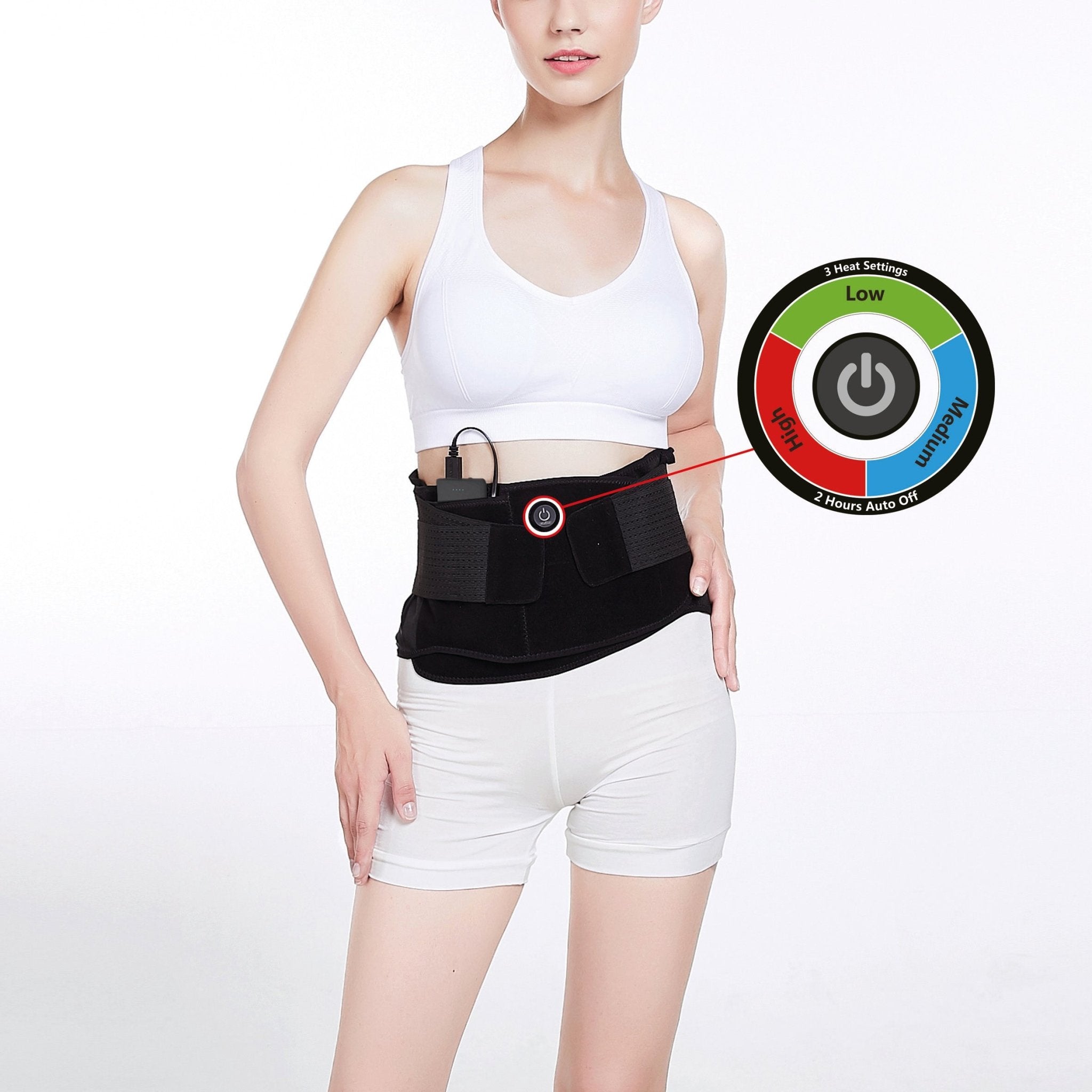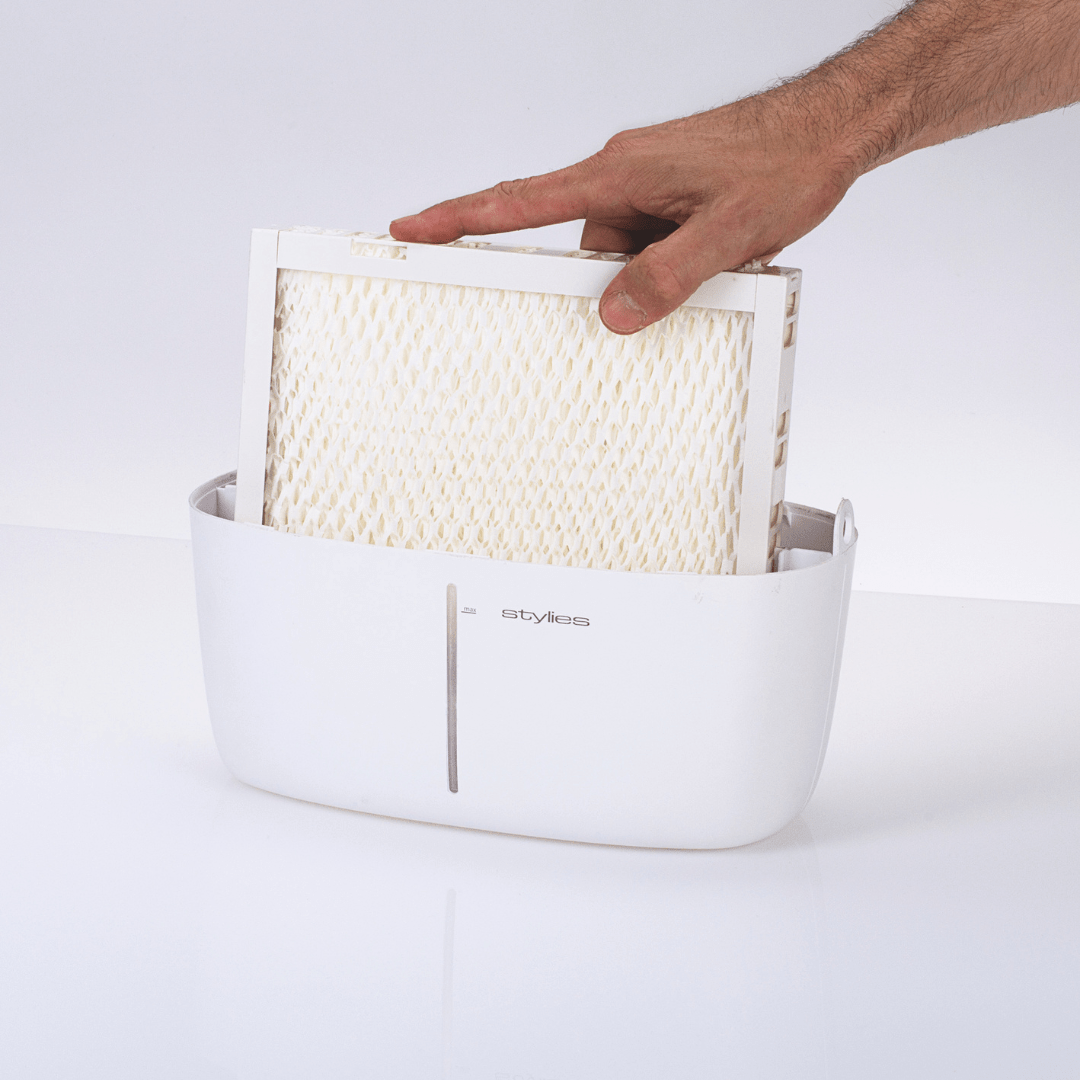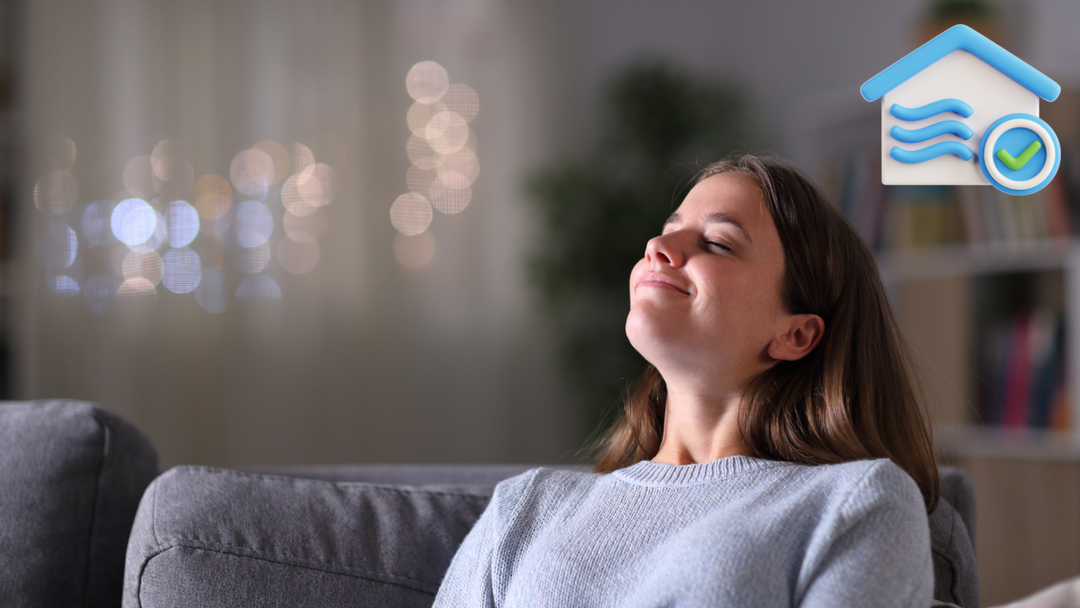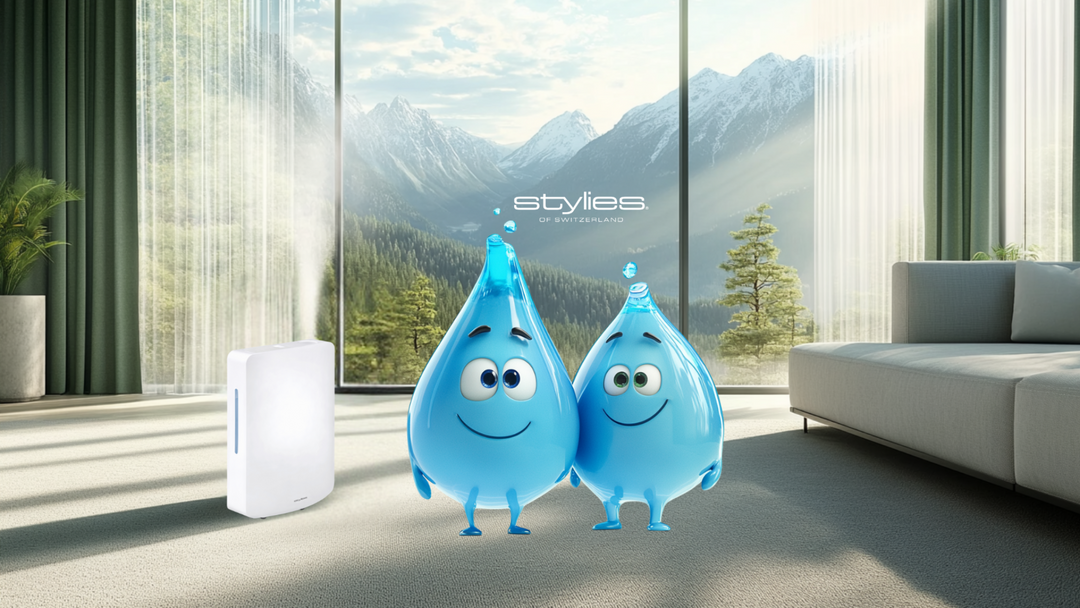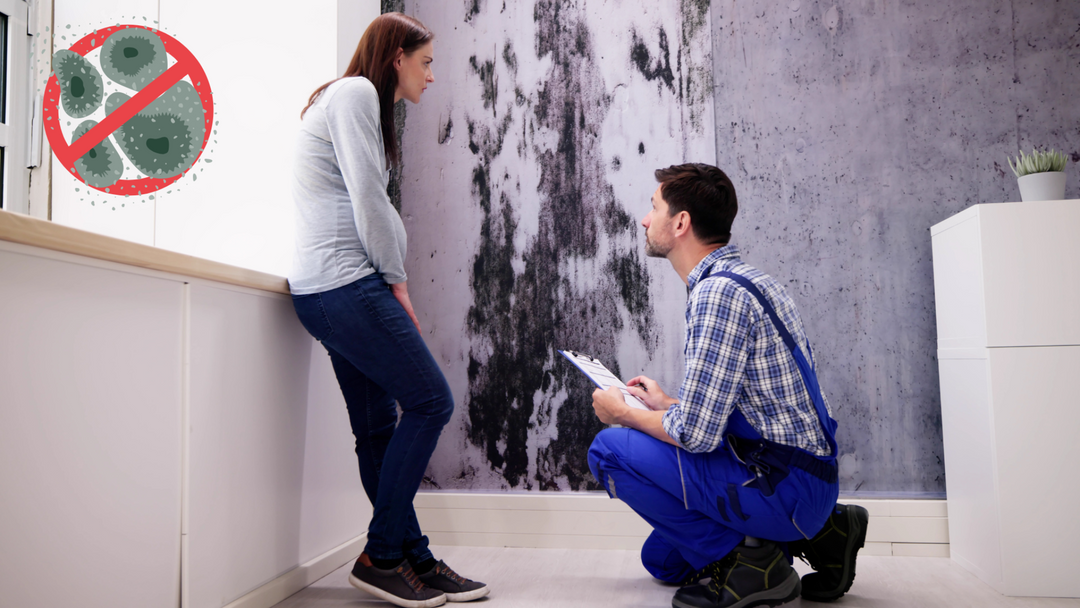Cool your apartment and rooms. Tips for combating heat in your home
Smart temperature control in your home is important not only in summer, but year-round. Comfortable room temperatures increase well-being and promote health.
In winter, it is important to avoid overheating. Living spaces do not have to be tropically warm. As a rule of thumb, the Federal Environment Agency , the temperature in the living area to maximum ~20 °C to hold (if perceived as comfortable) Every degree less saves heating energy (approximately 6% per degree) and reduces CO₂ emissions. Of course, heating should not be too low either: Below ~14–15 °C, the Danger of mold clearly .
How can I lower the room temperature indoors, both in summer heat and year-round?
The following guidelines are recommended all year round :| Space | Recommended temperature |
|---|---|
| Living room / study | approx. 20–22 °C (comfortable, without unnecessary overheating) |
| bedroom | approx. 16–18 °C (cool for restful sleep) |
| nursery | approx. 20–22 °C (similar to living room; babies and toddlers not too warm) |
| Kitchen | approx. 18–20 °C (slightly cooler, as cooking generates heat) |
| pantry | approx. 15–20 °C (dark, well-ventilated; cool storage climate for food) |
| basement rooms | approx. 10–15 °C (unheated basement for storage; prevents condensation and mold) |


